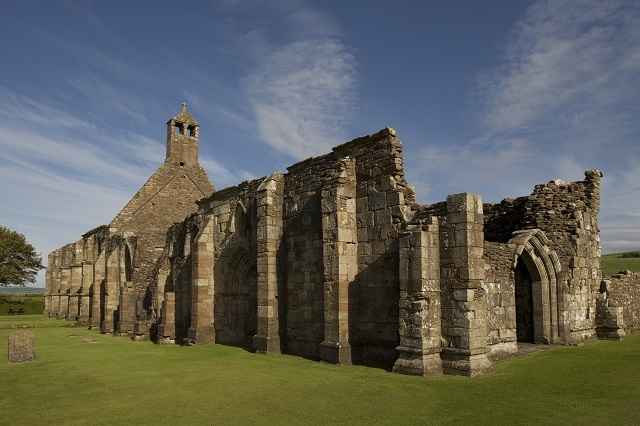There's a kind of a 'black hole' knowledge gap about Ulster's connections with Scotland in between the two massive events of A) the Bruce campaign of the early 1300s, and B) the arrival of Hamilton & Montgomery in 1606. That's almost three centuries that need to be properly uncovered and explained. One family where some major research should be done is the Kennedys of Ayrshire, later the Earls of Cassilis (pronounced Cassells). They had been gifted a title and land by Robert the Bruce, and both the Hamilton Manuscripts and Montgomery Manuscripts show that a new wave of Ayrshire Kennedys came to Ulster with them in the early 1600s.
But in between those two big dates the Kennedys had various castles and family seats along the Ayrshire coast, firstly at Dunure and also at Culzean. Their name can be found in histories of Maybole (where the Kennedys founded a college in 1246; source here) and Ballantrae, and there is of course a Castle Kennedy near Stranraer. This rhyme gives some idea of their influence –
From Wigton to the toun of Ayr,
Port Patrick and the cruives of Cree;
Man need not think for to byde there,
Unless he court with Kennedie."
The first Lord Kennedy was Gilbert Kennedy of Dunure (1405–1489) and was titled in 1457. His parents had been Sir James Kennedy and Lady Mary Stewart who was daughter of Robert III King of Scots. So the Kennedys were powerful and influential within Scottish society.

The Kennedys were deeply involved in ecclesiastical life and history of the magnificent Crossraguel Abbey just outside Maybole (shown above). Two big things came to my attention again recently.
BANGOR: John Kennedy, Abbot of Bangor Abbey was appointed to that position in County Down in 1395. His seal and matrix are on display in North Down Museum in Bangor. The illustration here is from the Ulster Journal of Archaeology, Second Series, Vol 7, No 1 (January 1901). The seal was reportedly found at Saul Abbey; the text reads Sigillum Rev. Patris Johanis Kenedy, Abbatis de Bangor (translation: The Seal of the Rev. Father John Kenedy, Abbot of Bangor).
Rev William Reeves' 1847 Ecclesiastical Antiquities of Down, Connor and Dromore has nothing to say about Kenedy; neither does Rev. James O'Laverty's 1878 An historical account of the Diocese of Down and Connor, ancient and modern. But it is possible that John Kennedy was of the Ayrshire family. Certainly the Abbot of Crossraguel Abbey was also titled 'Ambassador to Ireland' in 1429 (source here).
ST ANDREWS: James Kennedy, Archbishop of St Andrews (1408–1465) in Scotland was appointed to that position in 1440. He was a younger brother of the first Lord Kennedy. He succeeded Henry Wardlaw who had founded the University of St Andrews in 1413. Archbishop Kennedy was a key figure in the development of the town as a centre of ecclesiastical learning. He was buried in St Salvator's Chapel, with a magnificent memorial tomb (see here). His seal looks pretty similar to that of John of Bangor –
• The family history, published in 1849 and entitled
Historical Account of the Noble Family of Kennedy, Marquess of Ailsa and Earl of Cassilis is
online here.
















